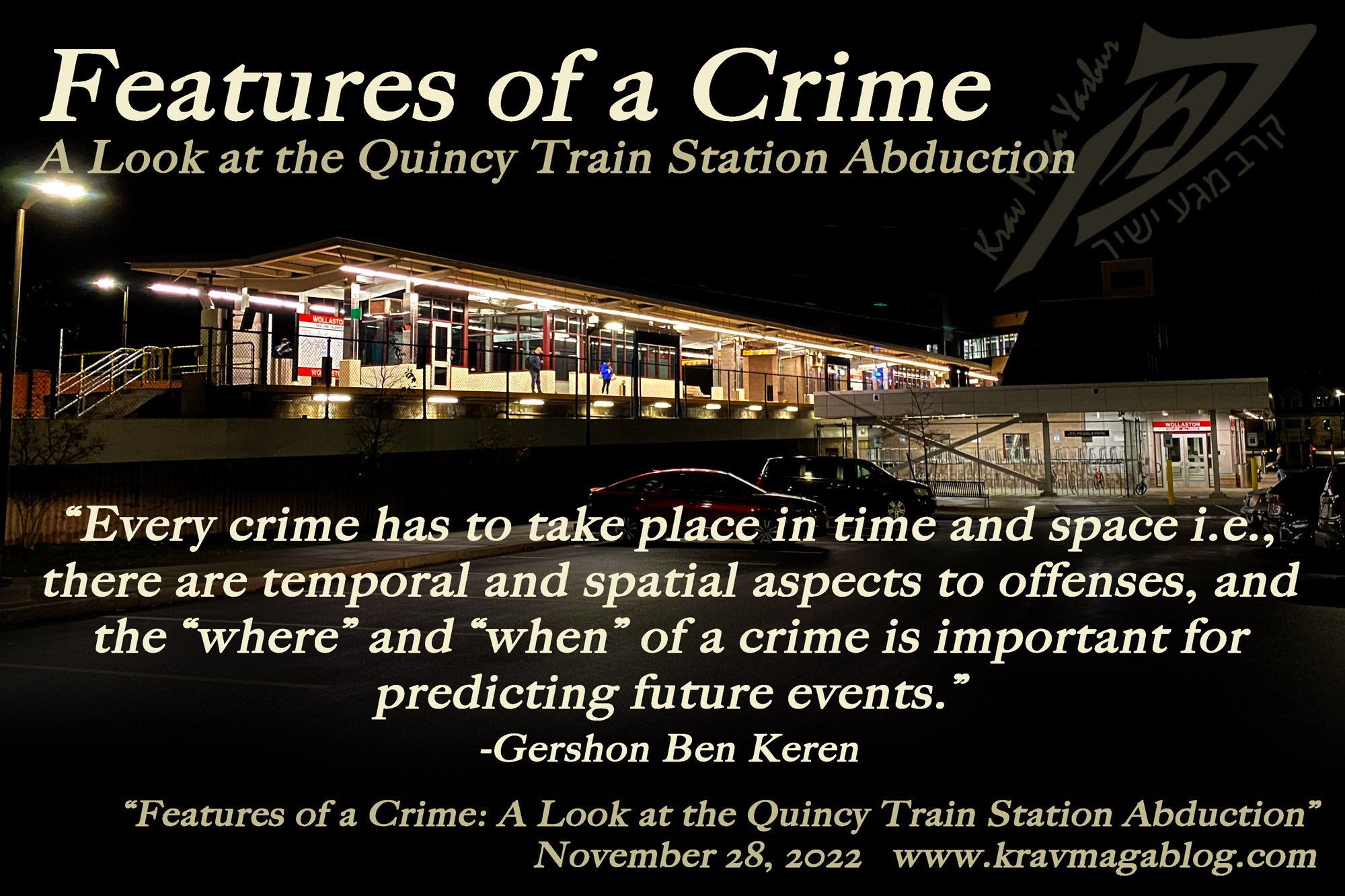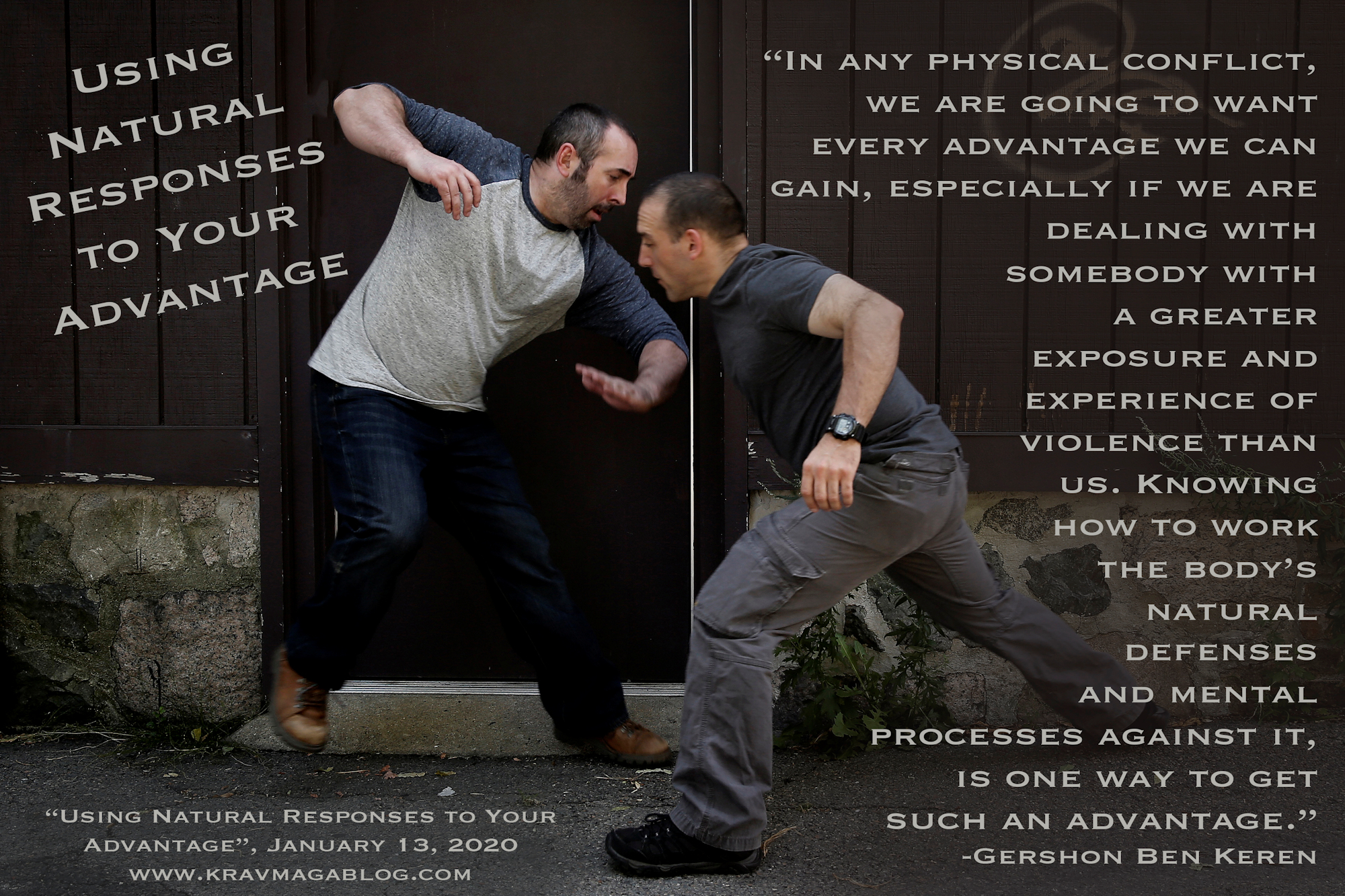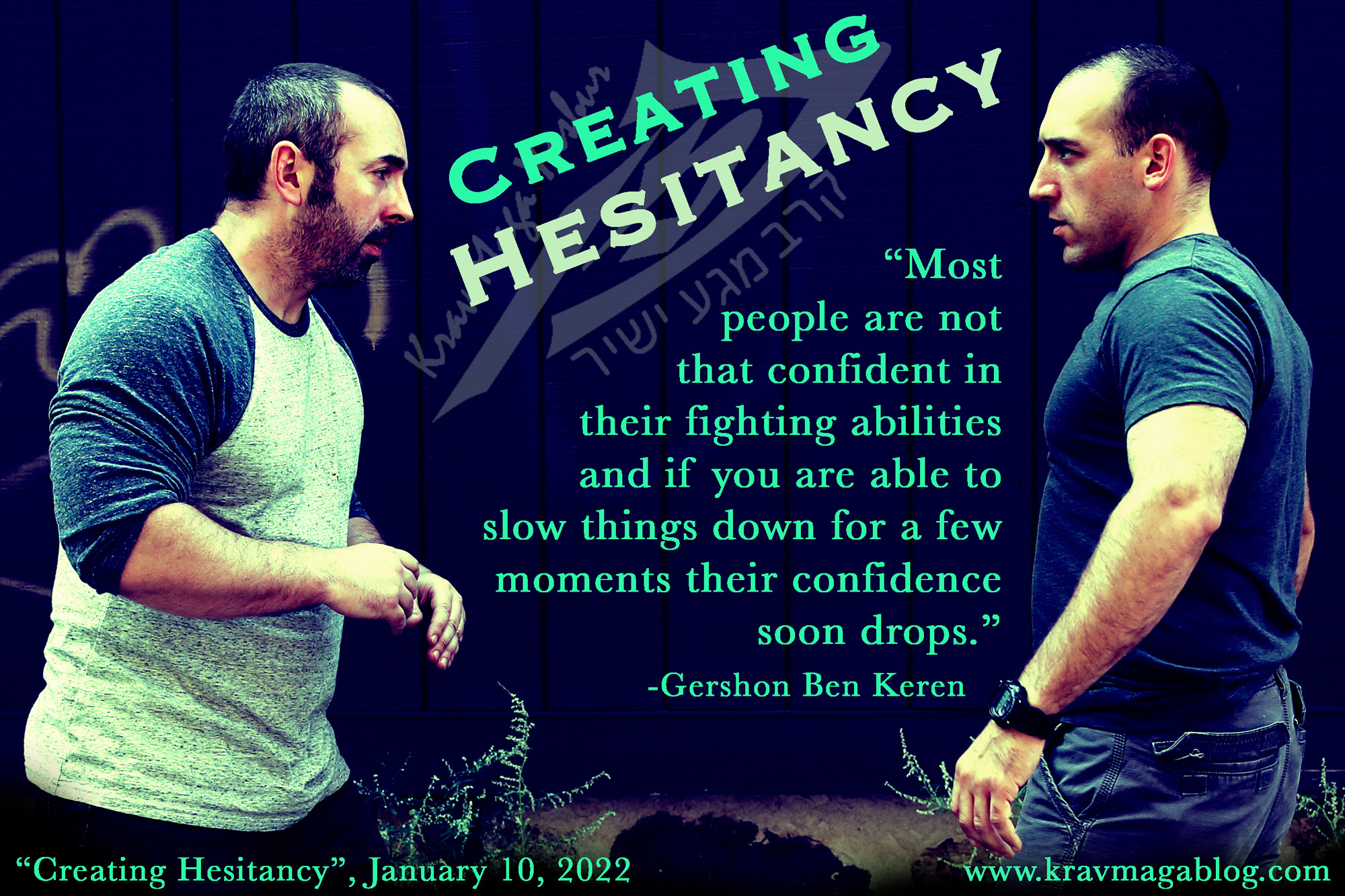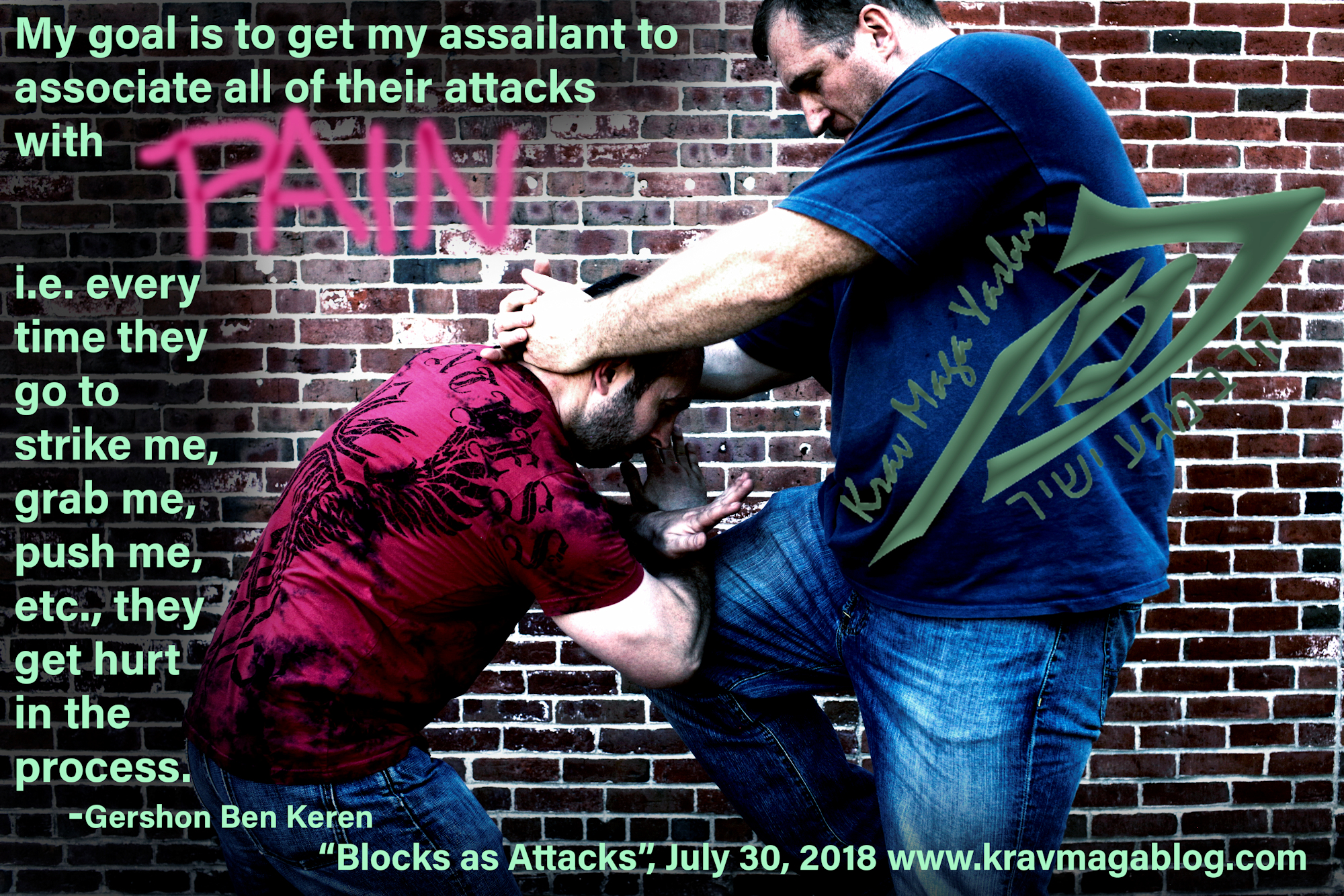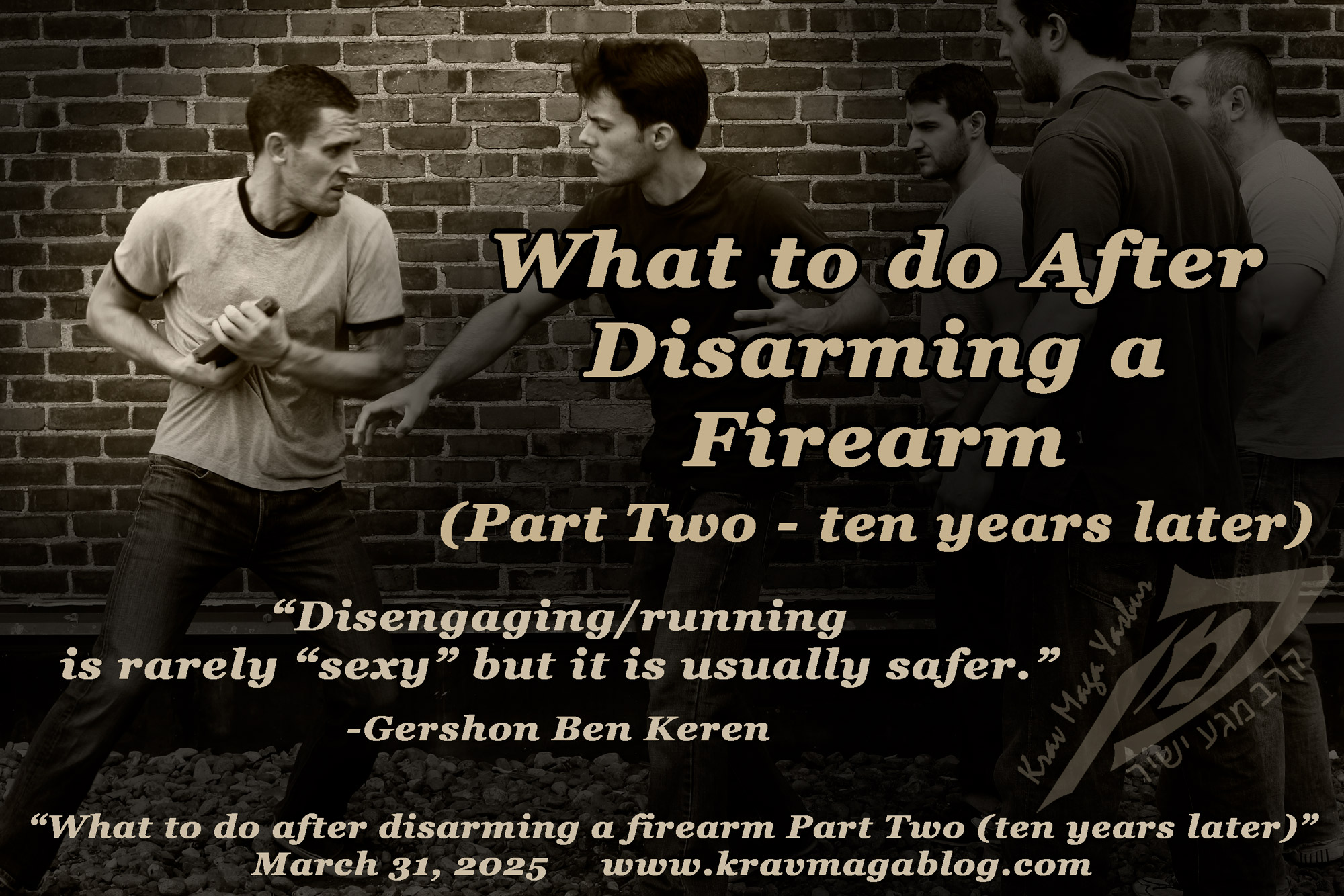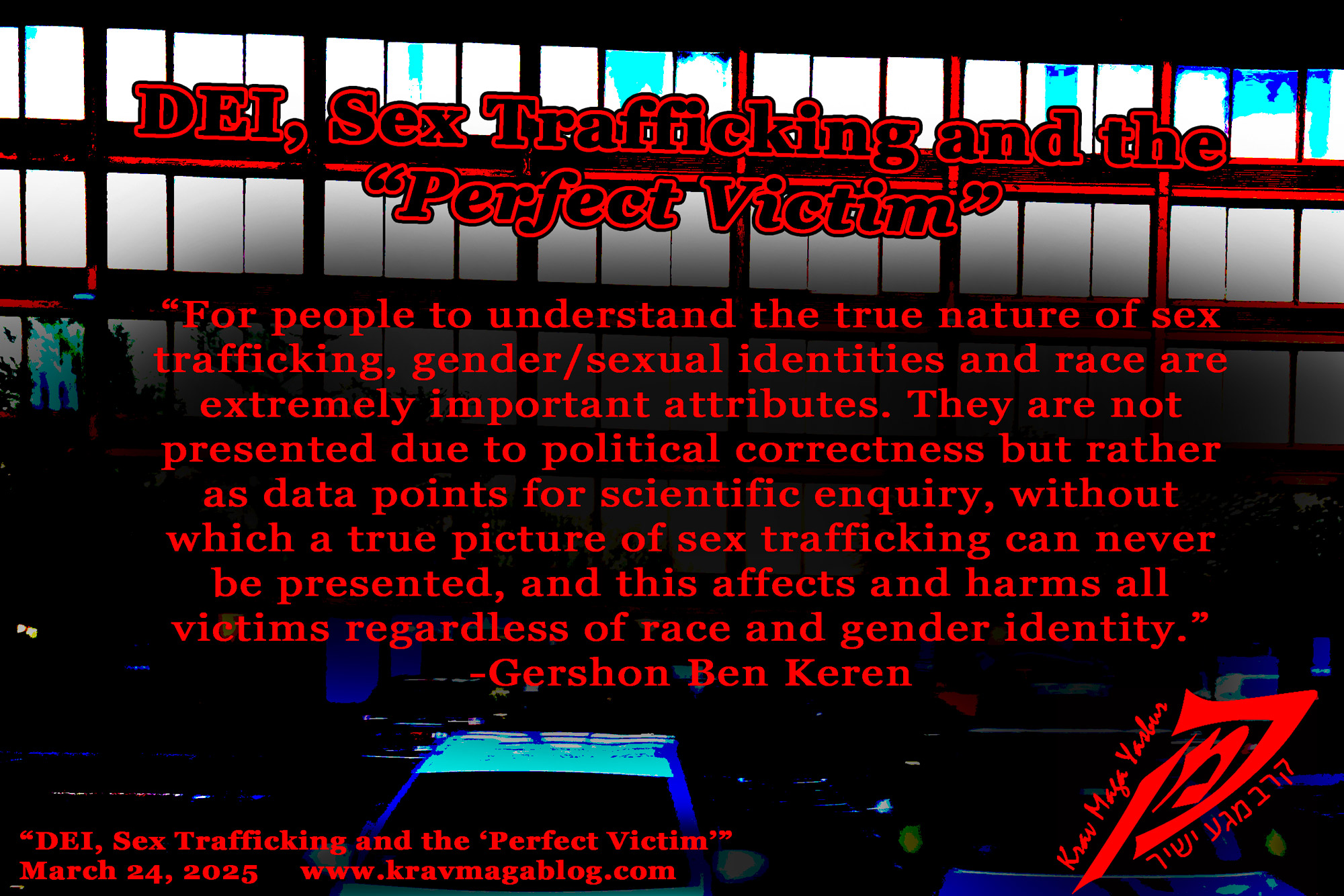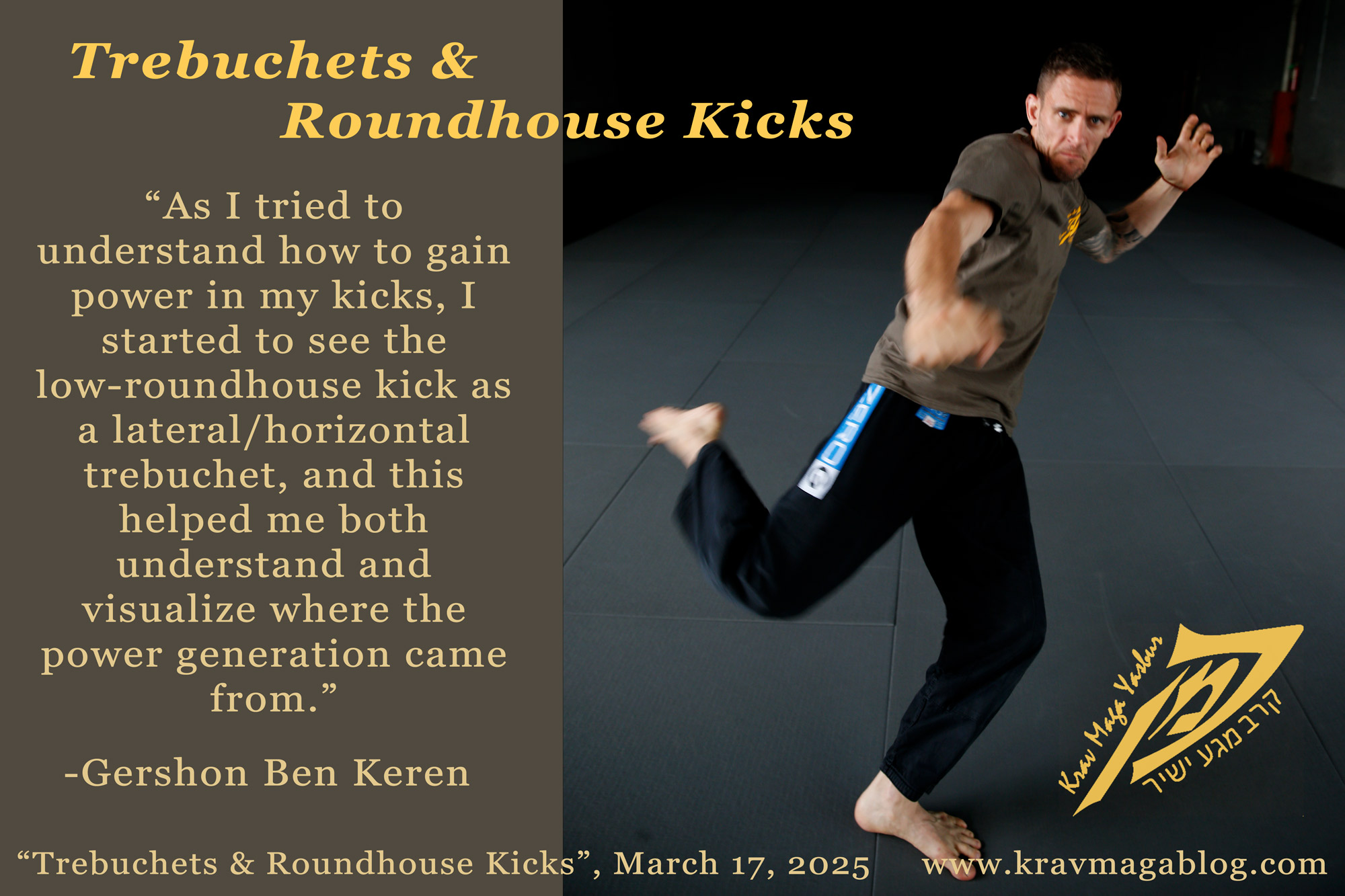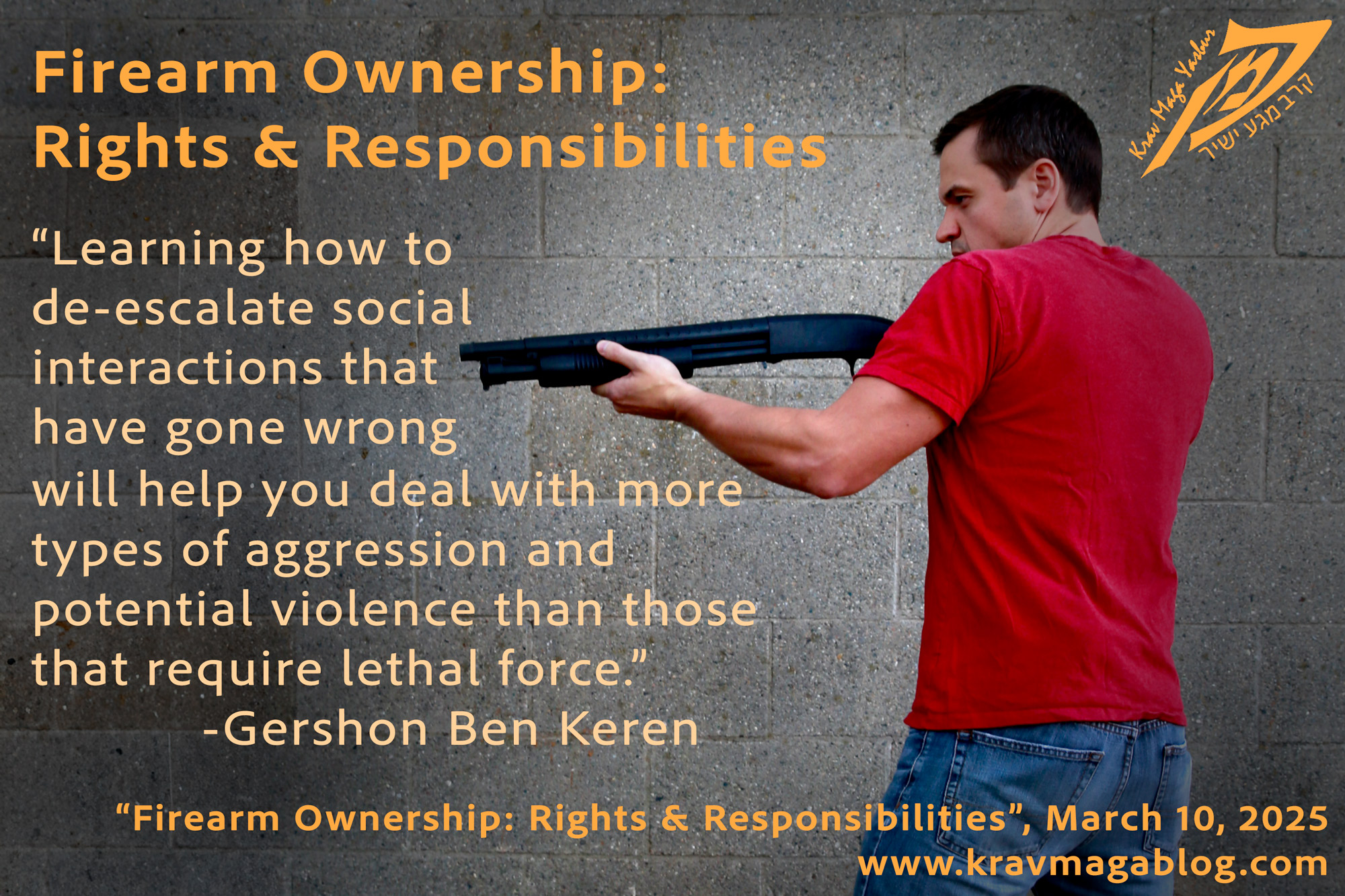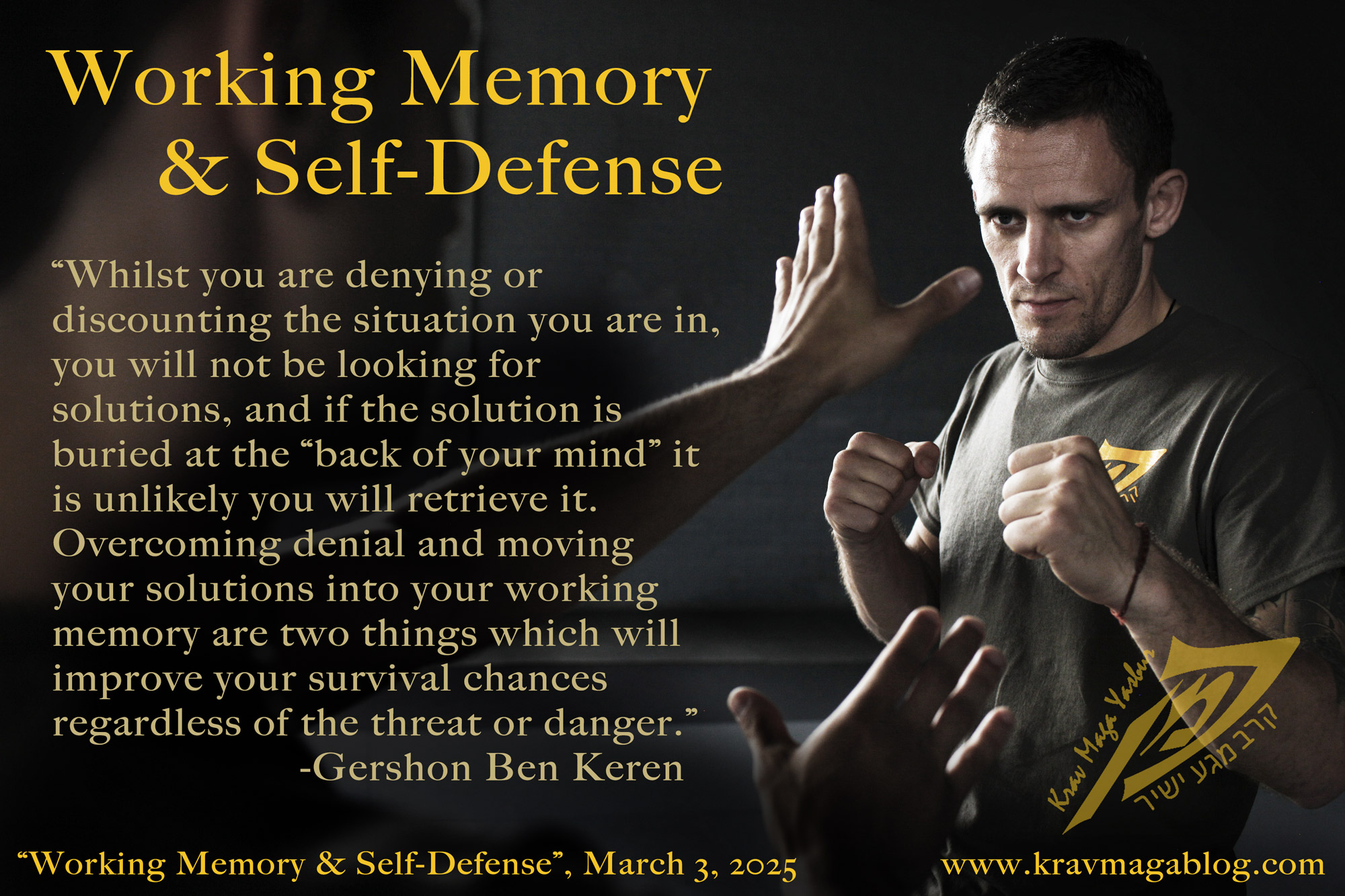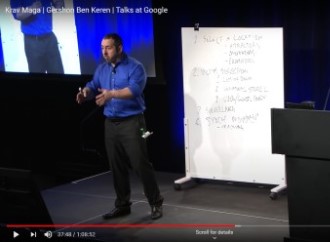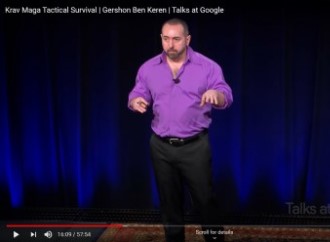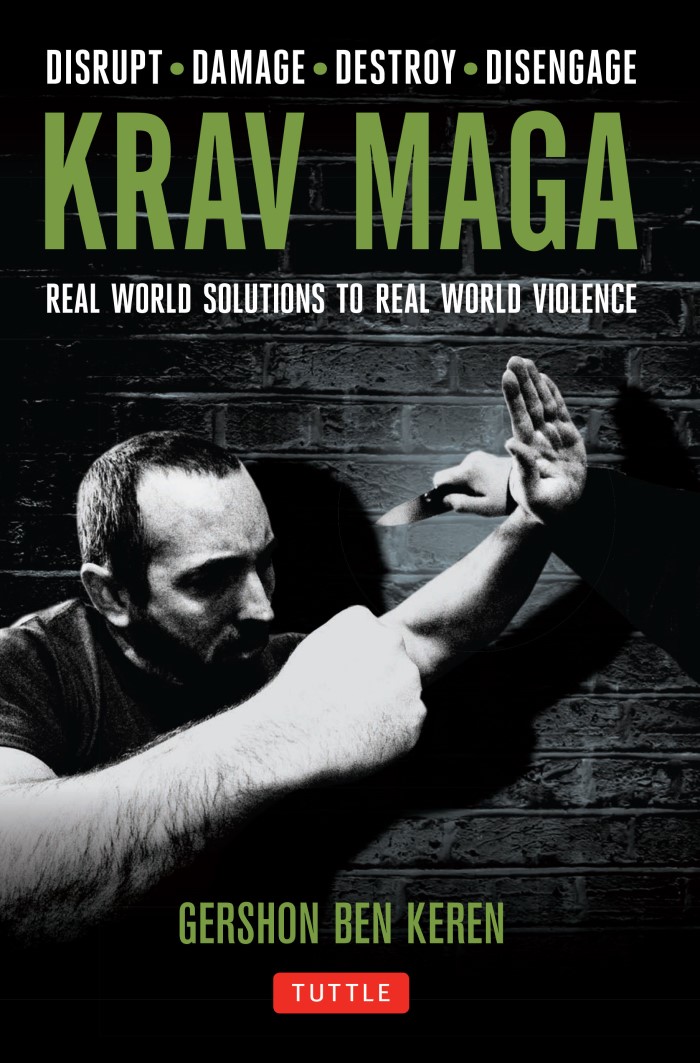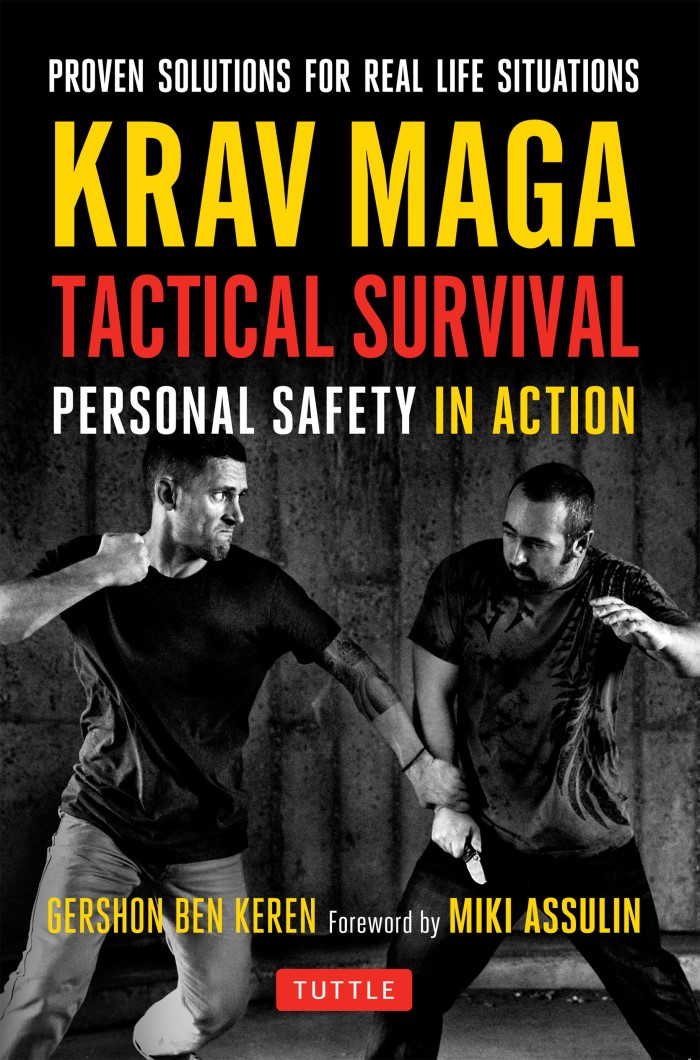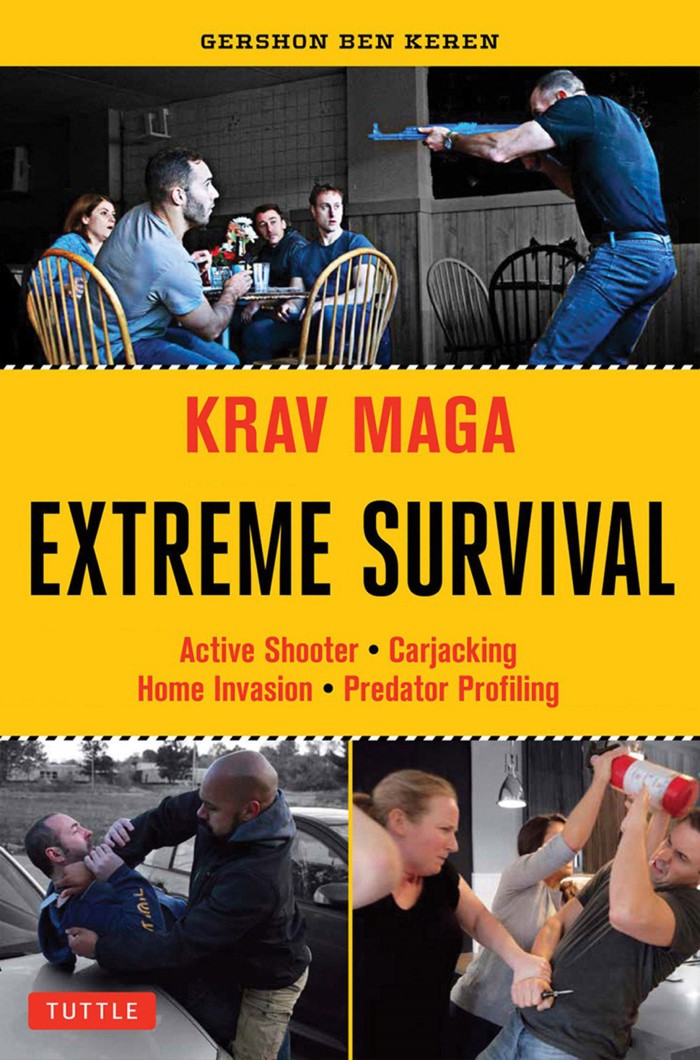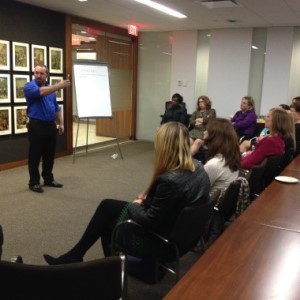 Many people, when first thinking about improving their personal safety, think about taking a self-defense class i.e., learning how to physically defend themselves. However, learning how to “fight” and physically defend oneself is not an
overnight and any clever “tricks” and “techniques” are soon forgotten if not regularly practiced etc. This means that whilst physical self-defense classes and seminars have their place – as part of a regular training program - they are
limited in what they can do as one-off events. However, what can be extremely effective as a singular event/training session is learning the self-protection piece of personal safety. In fact, without this knowledge and understanding of
how violence occurs the chances of getting any physical self-defense techniques to work in a real-life altercation are extremely slim. This is why whenever we teach physical self-defense/Krav Maga classes we always do so in the context
of self-protection i.e., how and why did a violent incident occur, what were things that happened which meant it could have been predicted and avoided, and what strategies and tactics could have been employed to accomplish this etc.
Many people, when first thinking about improving their personal safety, think about taking a self-defense class i.e., learning how to physically defend themselves. However, learning how to “fight” and physically defend oneself is not an
overnight and any clever “tricks” and “techniques” are soon forgotten if not regularly practiced etc. This means that whilst physical self-defense classes and seminars have their place – as part of a regular training program - they are
limited in what they can do as one-off events. However, what can be extremely effective as a singular event/training session is learning the self-protection piece of personal safety. In fact, without this knowledge and understanding of
how violence occurs the chances of getting any physical self-defense techniques to work in a real-life altercation are extremely slim. This is why whenever we teach physical self-defense/Krav Maga classes we always do so in the context
of self-protection i.e., how and why did a violent incident occur, what were things that happened which meant it could have been predicted and avoided, and what strategies and tactics could have been employed to accomplish this etc.
Krav Maga Yashir Boston Head Instructor Gershon Ben Keren is a criminologist who has been working in the security industry since 1990. He has taught self-protection, travel-security, risk-management etc., to a variety of organizations working in many different industries e.g., mining, banking and finance, construction, healthcare etc., addressing many of their security needs and concerns e.g., training and advising on hiring and firing policies, de-escalation and conflict resolution for those working with customers, along with implementing loss-prevention policies and procedures etc. As a criminologist he understands and recognizes that all types of crime, including acts of violence, follow a process, even if those committing them don’t understand this. By educating people/employees to the ways that dangerous situations develop and how to either effectively intervene or disengage, their personal safety and well-being can be improved etc. Each stage in these processes has identifiable features and it is by being able to recognize these that an individual can predict, identify and avoid violence, without having to have trained the physical techniques and solutions to do so.
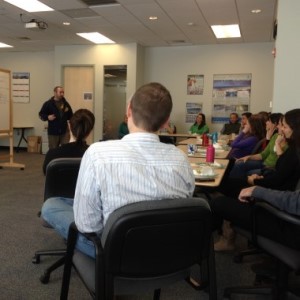 Having these skills also means that should physical solutions need to be applied they can do so at a stage/phase in the confrontation when the physical aspect is simpler and less extreme e.g., it is far easier to deal with a wrist
grab when you are trying to disengage from a verbal confrontation, than fight off an attacker who has long moved passed this stage and has you pinned to the ground etc. The sooner you can step off the Timeline of Violence the more
straightforward and simpler are the physical solutions you will need to employ. This is one of the reasons why the self-protection component of personal-safety is necessary to be successful when trying to employ physical techniques
e.g., if you can recognize a potential threat from behind and turn round to potentially confront it you will be able to use much simpler and straightforward solutions than if you are caught with an attack from the rear. By stressing
the self-protection aspect of dealing with violence the chances of avoiding a violent confrontation are increased substantially/dramatically, and if such physical incidents are unavoidable these skills allow you to physically intervene
and/or disengage at the earliest opportunity.
Having these skills also means that should physical solutions need to be applied they can do so at a stage/phase in the confrontation when the physical aspect is simpler and less extreme e.g., it is far easier to deal with a wrist
grab when you are trying to disengage from a verbal confrontation, than fight off an attacker who has long moved passed this stage and has you pinned to the ground etc. The sooner you can step off the Timeline of Violence the more
straightforward and simpler are the physical solutions you will need to employ. This is one of the reasons why the self-protection component of personal-safety is necessary to be successful when trying to employ physical techniques
e.g., if you can recognize a potential threat from behind and turn round to potentially confront it you will be able to use much simpler and straightforward solutions than if you are caught with an attack from the rear. By stressing
the self-protection aspect of dealing with violence the chances of avoiding a violent confrontation are increased substantially/dramatically, and if such physical incidents are unavoidable these skills allow you to physically intervene
and/or disengage at the earliest opportunity.
If your company/organization would like to put some form of training event/presentation on for its members, please use the form below to contact us about the type of training you are looking for and one of our training team can get back to you to discuss how we can best meet your needs.
